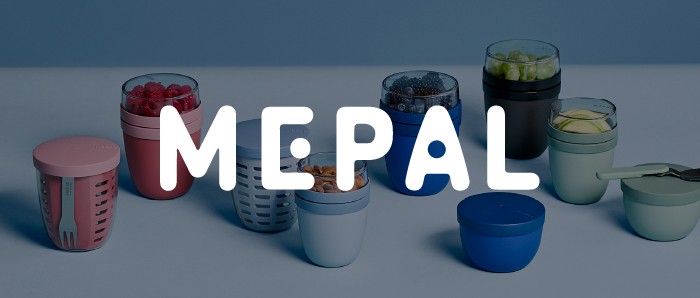
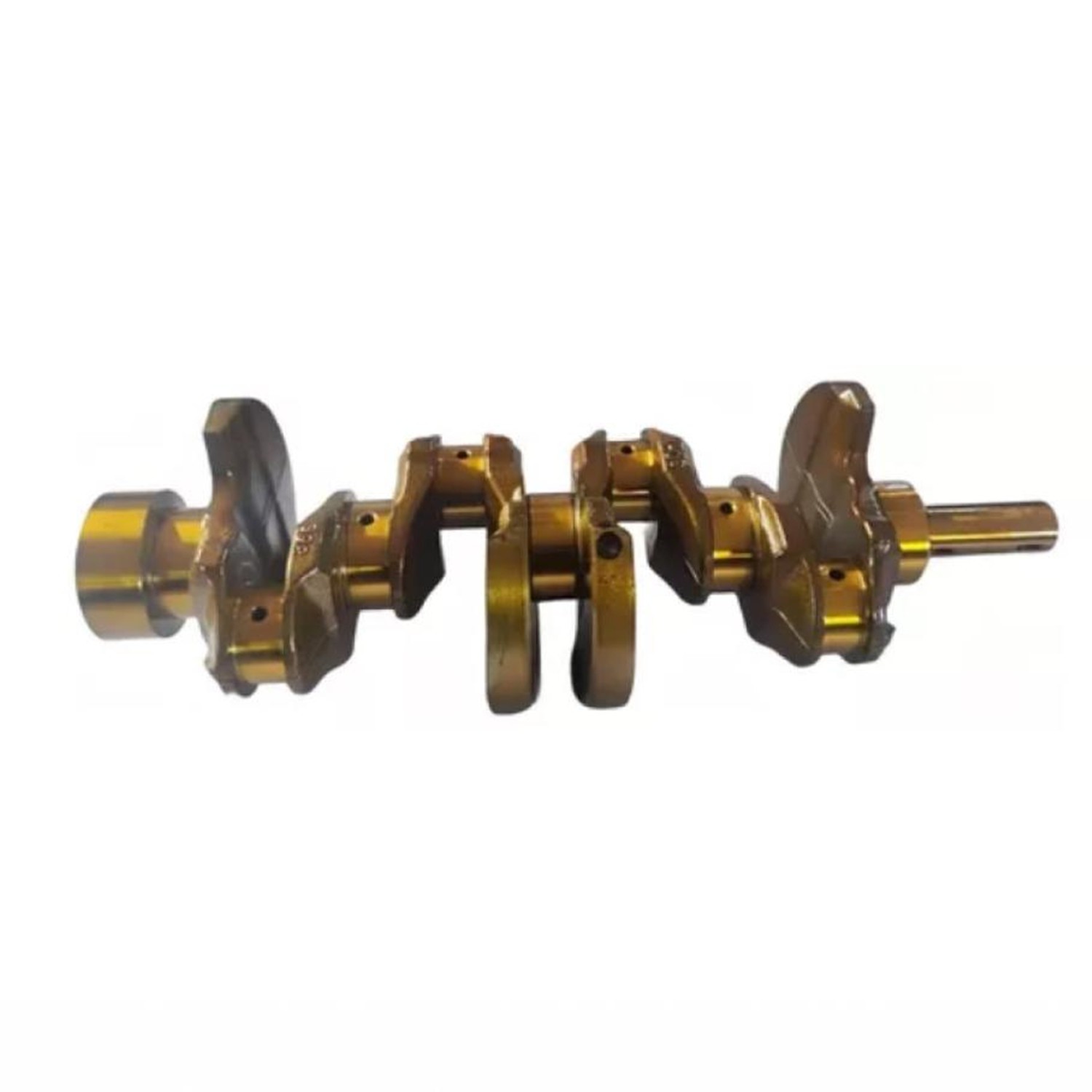
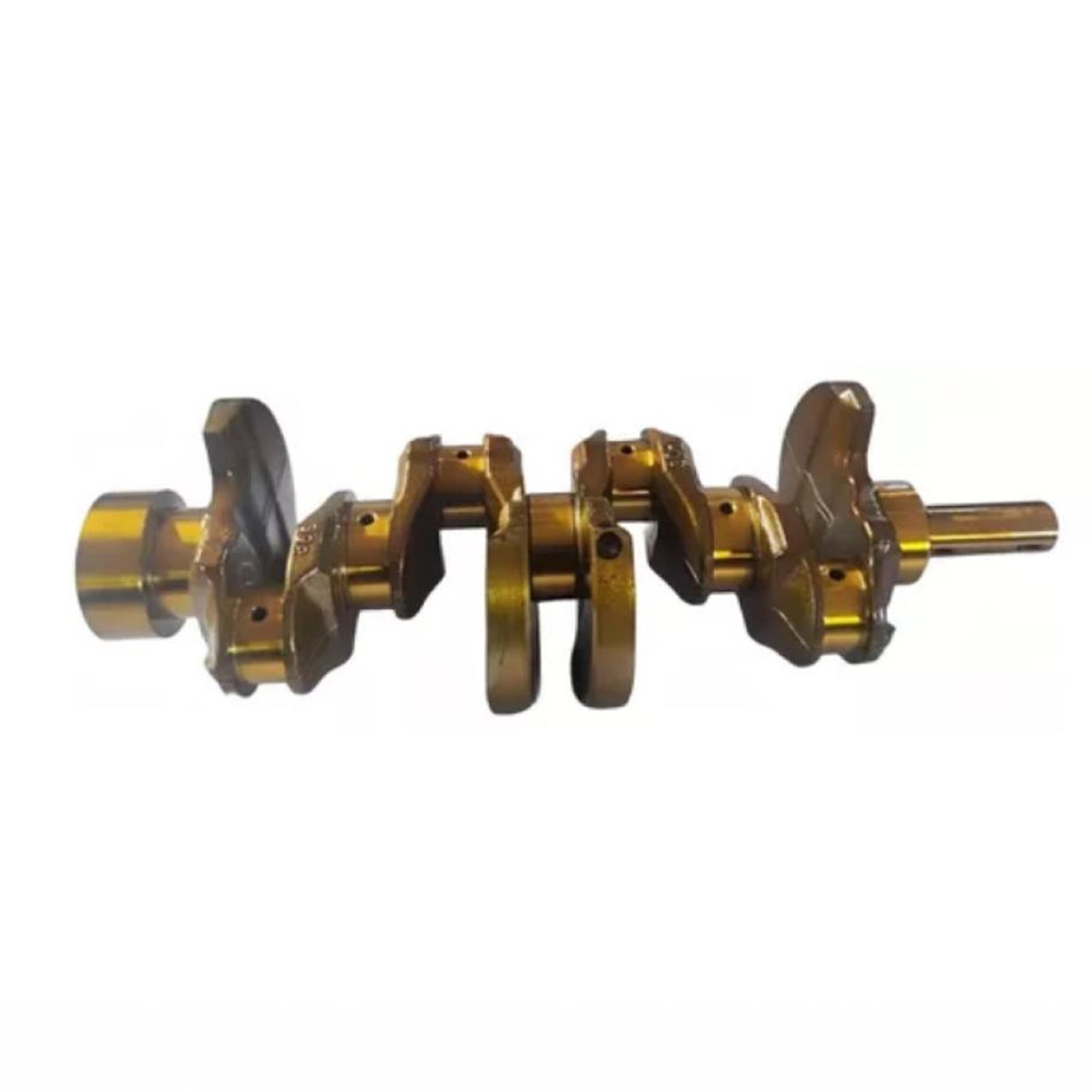
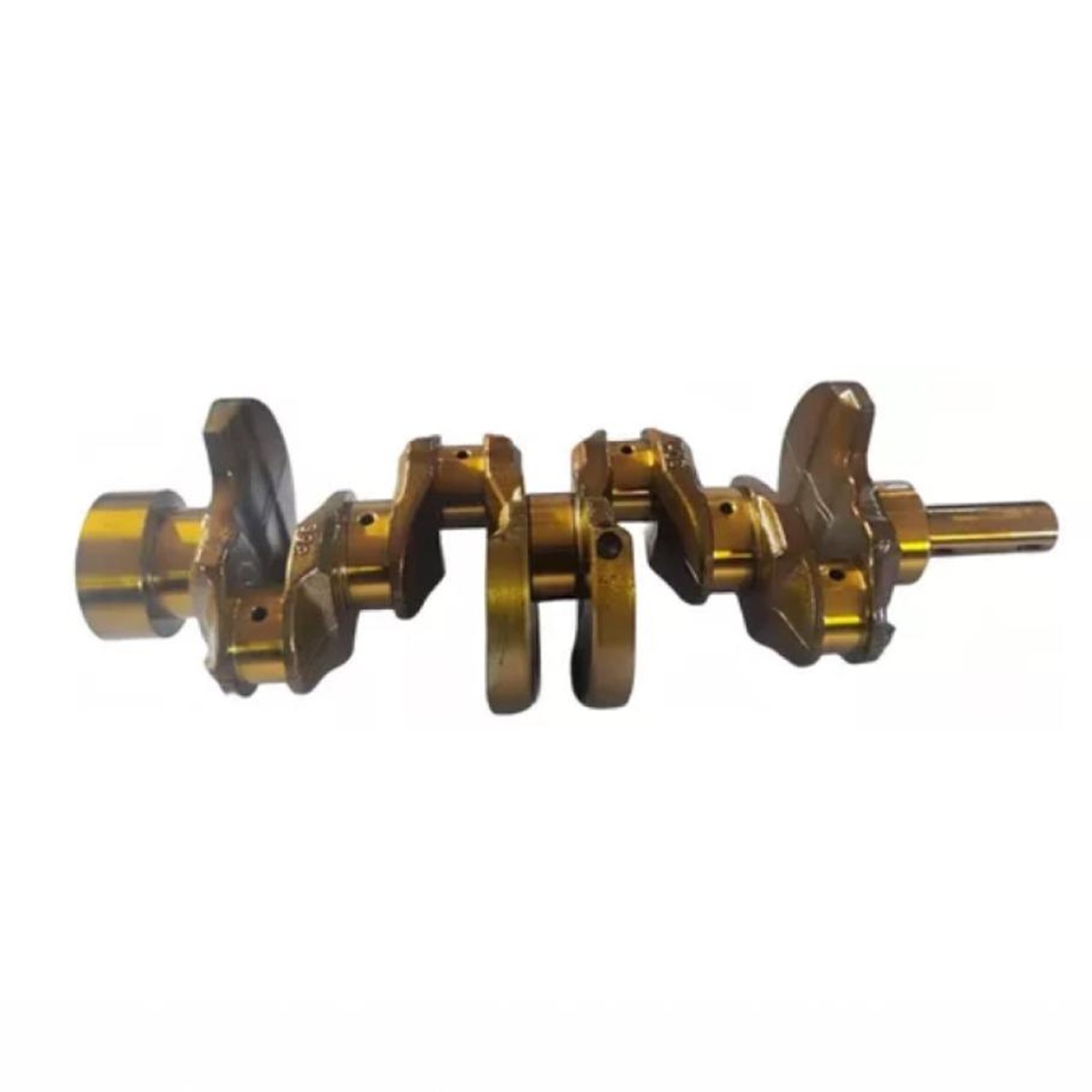

Crankshafts For Automotive Engines
Crankshafts for Automotive Engines
Essential Component for Engine Performance
The crankshaft is a critical component in automotive engines, responsible for converting the linear motion of the pistons into rotational motion that drives the wheels. Precision-engineered and built to withstand intense forces, crankshafts play a vital role in ensuring the smooth operation and performance of internal combustion engines. Whether for repair, replacement, or high-performance applications, crankshafts are indispensable in automotive engineering.
Key Features of Automotive Crankshafts
1. High-Strength Materials
Crankshafts are typically made from forged steel, cast iron, or billet steel, providing exceptional durability to withstand high pressures and temperatures within the engine.
2. Precision Engineering
- Balanced Design: Crankshafts are meticulously balanced to minimize vibrations and ensure smooth engine operation.
- Accurate Machining: Features like journals, crankpins, and counterweights are precisely machined for optimal performance.
3. Compatibility
Available in various configurations to suit different engine types:
- Inline Engines: Designed for engines with a linear piston arrangement.
- V-Type Engines: Crankshafts for V6, V8, or V12 engines with a compact and angled cylinder layout.
- Flat Engines: For horizontally opposed cylinder engines, such as in some performance and sports cars.
4. Performance-Optimized Crankshafts
- Aftermarket Options: High-performance crankshafts for racing or modified engines, offering enhanced strength and reduced weight.
- Lightweight Designs: Reduce rotational inertia for faster engine response.
5. Heat Treatment and Coating
Many crankshafts undergo heat treatment and are coated with anti-corrosion materials to enhance durability and longevity.
Functions of a Crankshaft
- Converts Energy: Transforms the up-and-down motion of pistons into rotational energy that powers the drivetrain.
- Distributes Power: Transfers torque to the flywheel, transmission, and eventually the wheels.
- Maintains Engine Balance: Works with counterweights to minimize vibrations and maintain engine stability.
Types of Automotive Crankshafts
1. Cast Crankshafts
- Manufactured using casting methods.
- Cost-effective and suitable for standard passenger vehicles.
- Moderate durability for everyday use.
2. Forged Crankshafts
- Made using forging processes for higher strength and durability.
- Common in high-performance and heavy-duty applications.
3. Billet Crankshafts
- Machined from a single block of high-grade steel or aluminum.
- Ideal for custom or racing applications where precision and strength are paramount.
Applications of Crankshafts
- Standard Passenger Vehicles: For reliable daily driving.
- High-Performance Vehicles: In sports and racing cars where durability and precision are crucial.
- Heavy-Duty Applications: Used in trucks, buses, and industrial engines for enhanced load-bearing capacity.
- Marine and Aviation Engines: Adapted for specific requirements in boats and airplanes.
Maintenance and Replacement
1. Common Signs of Crankshaft Issues
- Engine knocking or unusual vibrations.
- Difficulty starting the engine.
- Loss of power or reduced performance.
- Visible wear, cracks, or scoring on the crankshaft.
2. Inspection and Repairs
- Regular inspection during engine overhauls.
- Address wear on journals or crankpins by grinding and polishing.
- Use of oversized bearings if needed.
3. Replacement
When repair isn’t feasible, replacing the crankshaft with a compatible or upgraded version ensures engine longevity and performance.
Benefits of High-Quality Crankshafts
- Enhanced Engine Efficiency: Improved energy conversion for smoother performance.
- Long-Lasting Durability: Withstands high pressures and wear, reducing maintenance costs.
- Optimized Performance: Supports increased power output in high-performance engines.
- Reduced Vibrations: Balanced designs ensure smooth operation and minimize wear on other engine components.
How to Choose the Right Crankshaft
-
Identify Vehicle Specifications
Match the crankshaft with your engine type, make, and model.
-
Consider Material and Strength
Choose forged or billet crankshafts for high-performance needs.
-
Check for Compatibility
Ensure compatibility with the engine block, bearings, and other components.
-
Opt for Reputable Brands
Select from trusted manufacturers for reliability and quality assurance.
Product information:
Material:Alloy
Packing list:
Engine Crankshaft*1
Product Image:
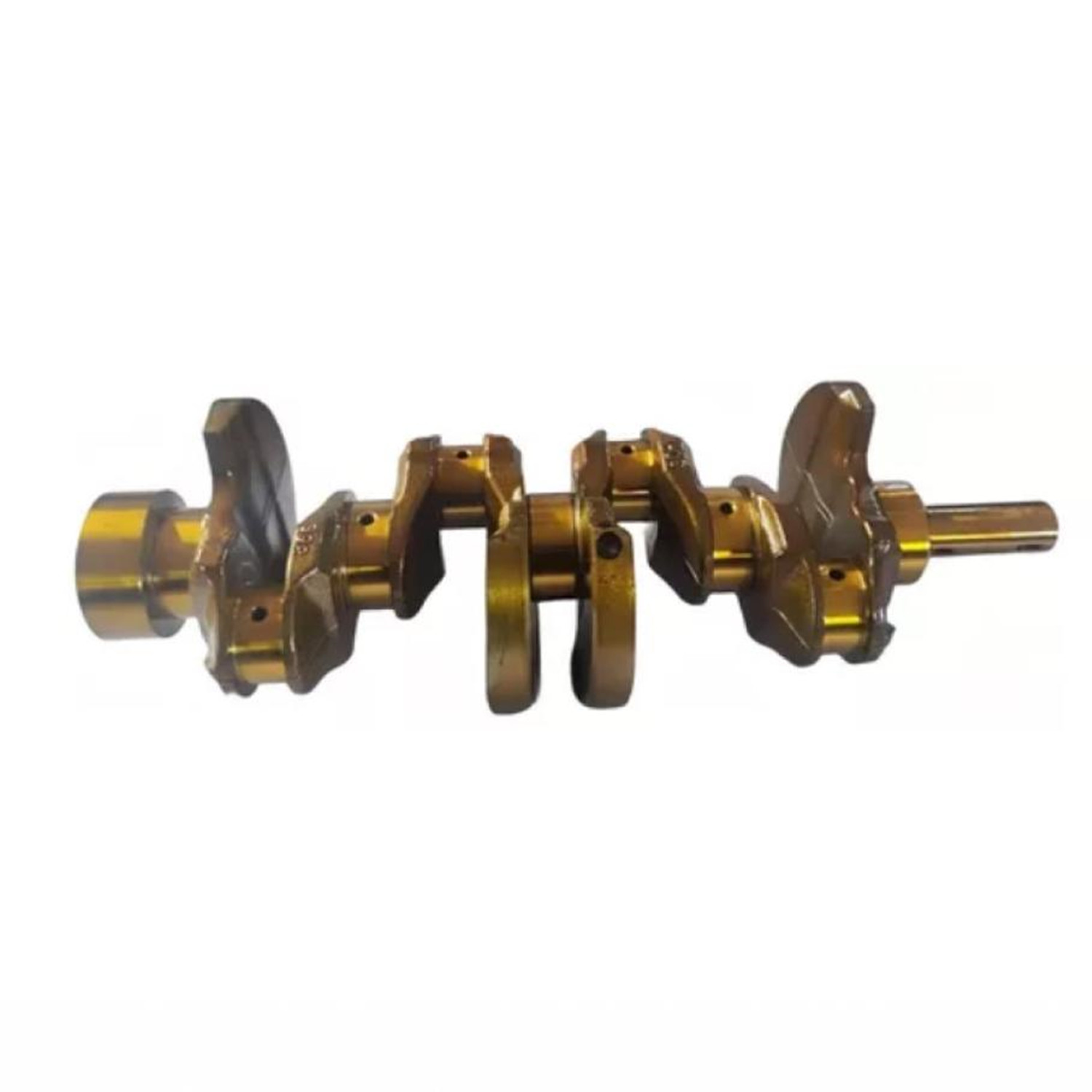

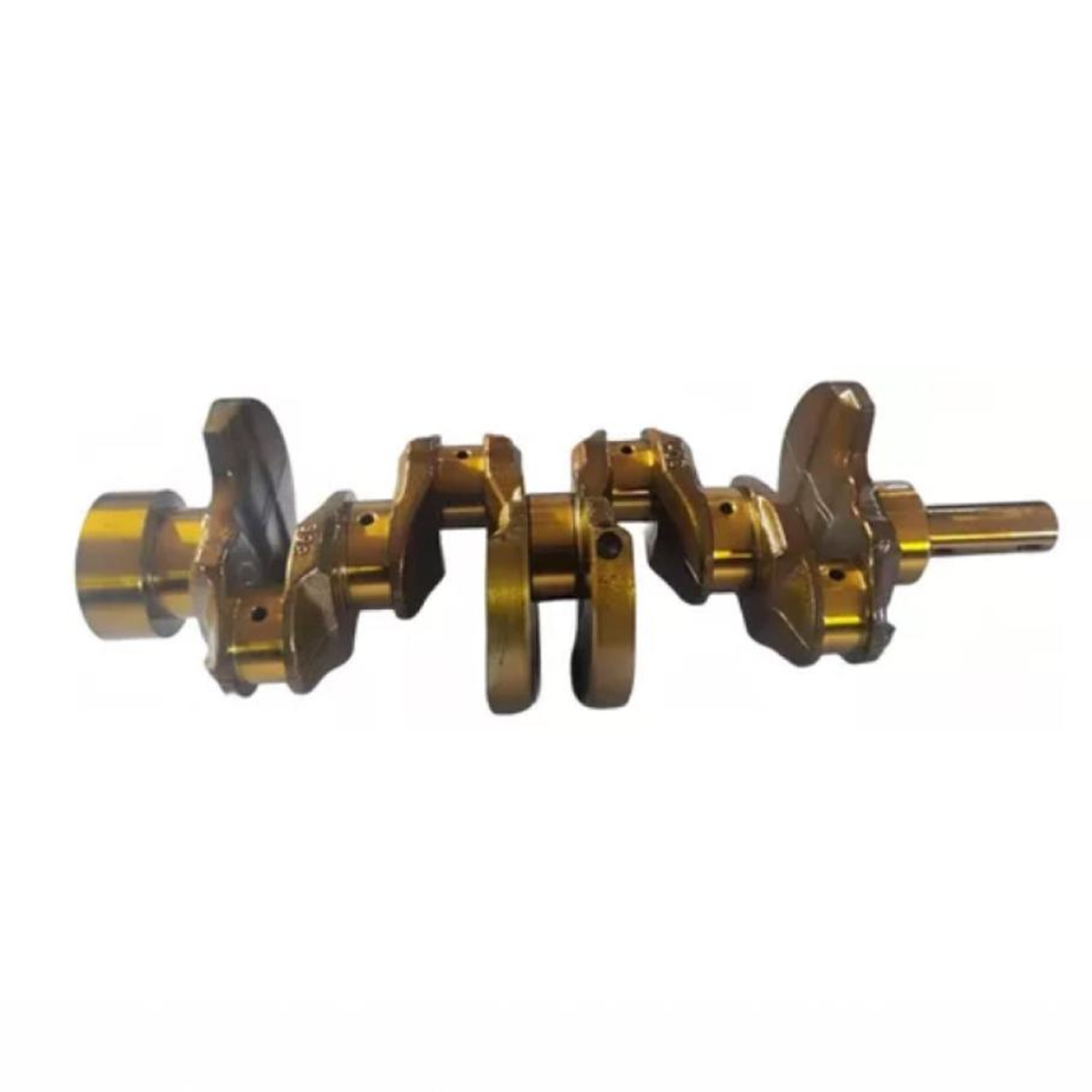
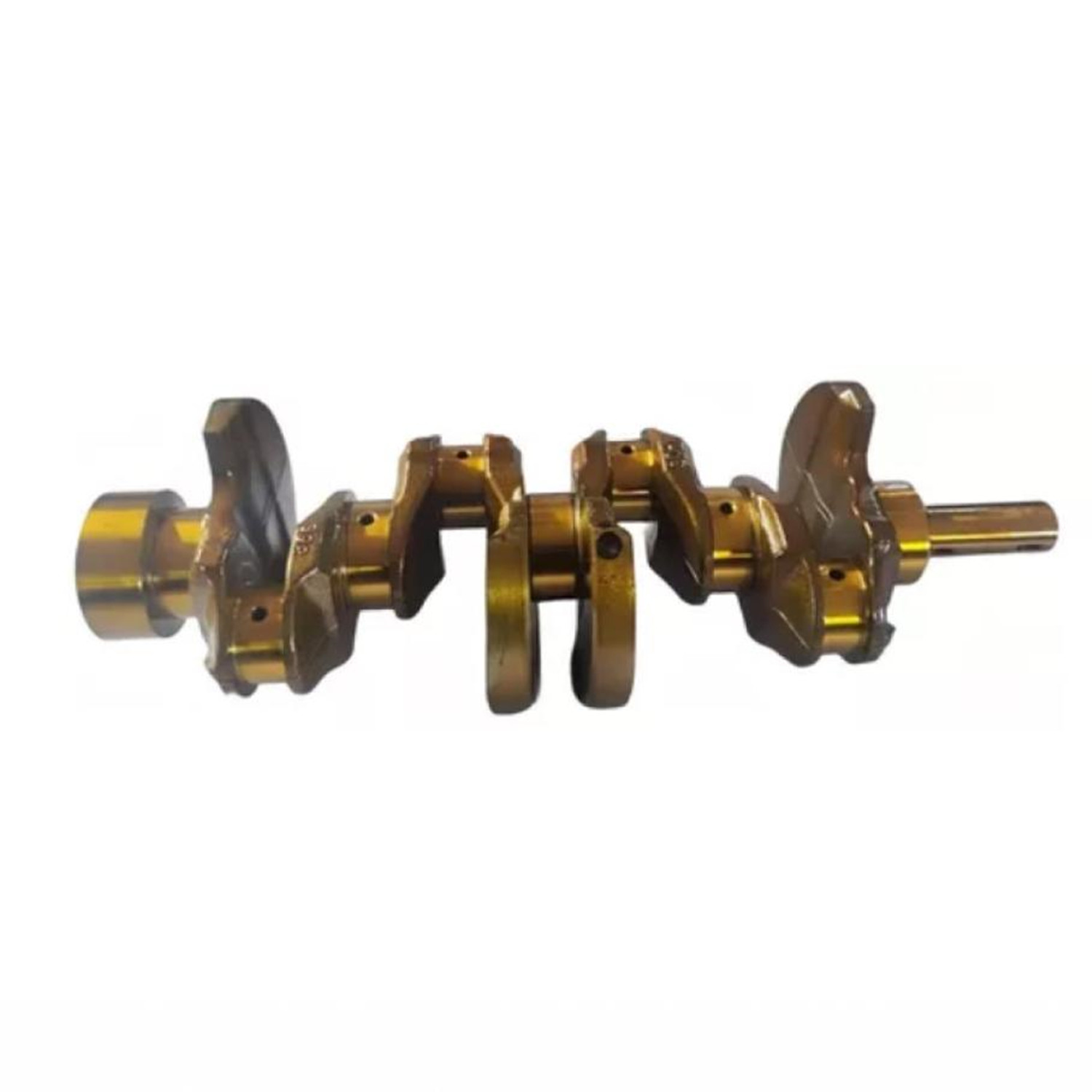
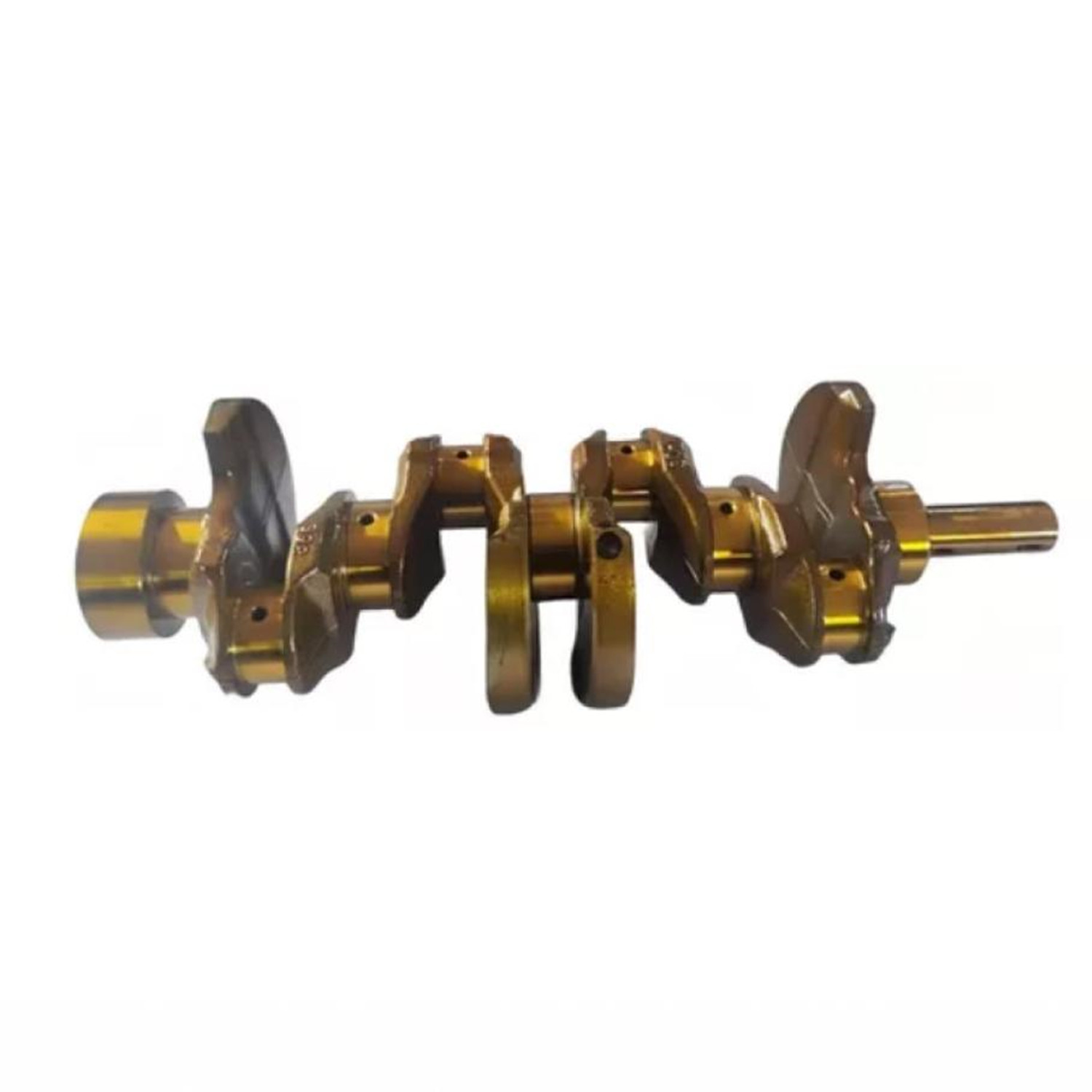
The product may be provided by a different brand of comparable quality.
The actual product may vary slightly from the image shown.
Shop amazing plants at The Node – a top destination for plant lovers


.png)




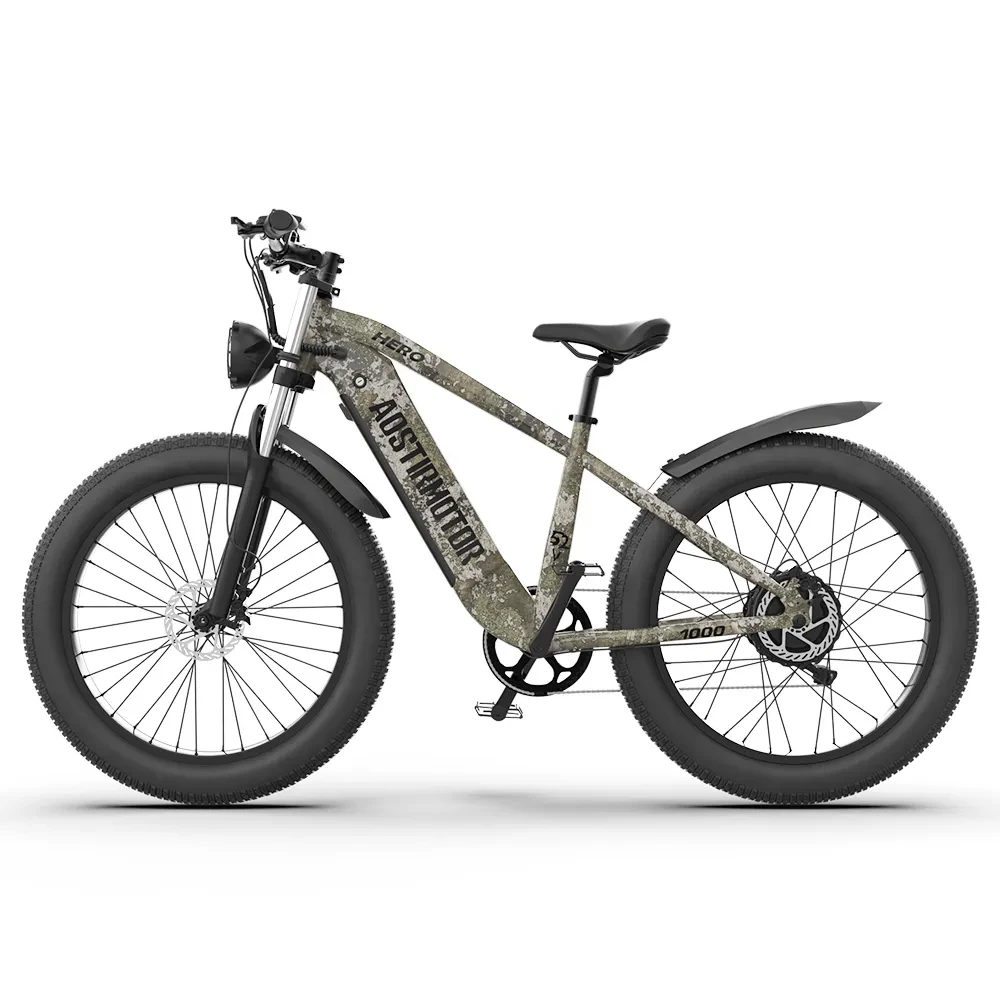
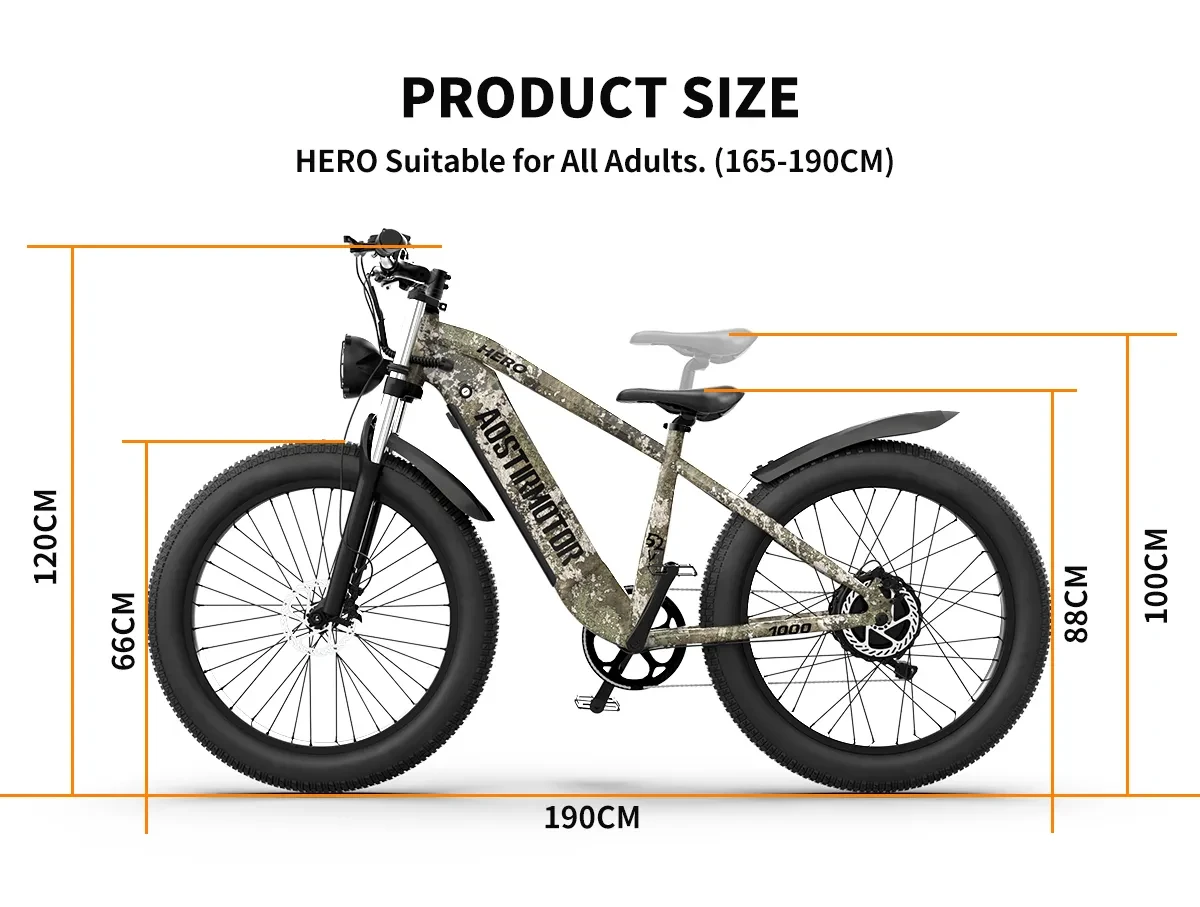
.webp)



.jpg)









.jpg)





.jpeg)





.jpeg)



.jpeg)








.jpeg)



.jpeg)

.jpeg)

.jpeg)

.jpeg)




.jpeg)
.jpg)

.jpeg)






.jpeg)
.jpeg)




.jpeg)





.jpeg)


.jpeg)

.jpeg)

.jpeg)

.jpeg)







.jpeg)
.jpeg)
.jpeg)


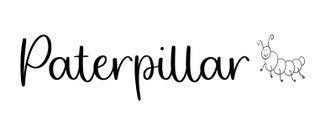


.jpeg)



.jpeg)






.jpg)
.jpeg)









.jpg)


ulva-Logo.jpg)




.jpeg)



.png)





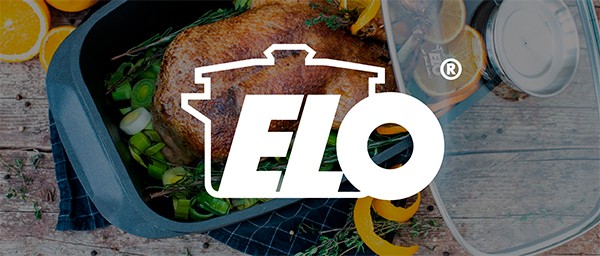
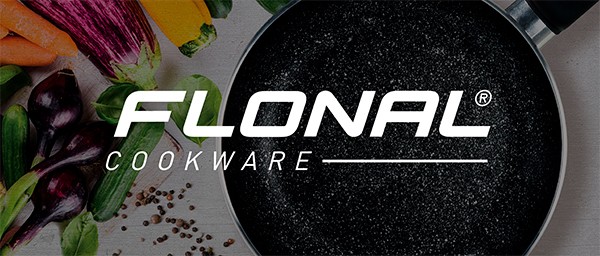








.png)





